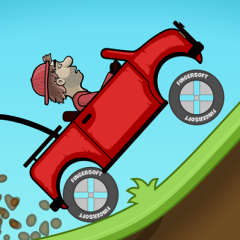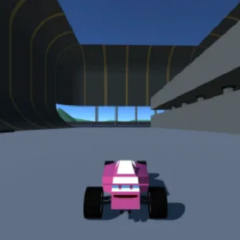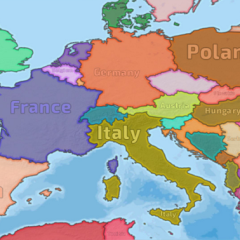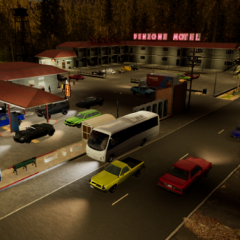Grow a Garden is a farming and management game where players cultivate their own digital land by planting, watering, and harvesting crops. The player starts with a small patch of soil and simple seeds, gradually expanding the garden into a larger and more complex ecosystem. The gameplay combines growth management and strategy, with progress continuing even when the player is offline. Every harvest generates income that can be reinvested into better tools, new seeds, or land upgrades, creating a steady cycle of expansion.
Gameplay And Progression
Each session in Grow a Garden begins with routine maintenance—watering plants, collecting harvests, and preparing soil for the next batch of crops. Players earn in-game currency from selling produce, which allows them to unlock improved equipment or larger fields. Over time, new types of plants become available, each with different growth speeds and profit values. Pets and helper items provide small bonuses, increasing efficiency or enhancing yield. The balance between time investment and growth planning defines how quickly a player advances.
Systems And Customization
Grow a Garden emphasizes personal choice and gradual improvement. Players can design their garden layout, experiment with combinations of crops, and decorate plots for aesthetic appeal. The game introduces dynamic weather and mutation systems that slightly alter crop behavior. Certain plants react differently under specific conditions, rewarding experimentation. While the environment is shared among players, progress remains independent, ensuring that everyone develops at their own pace.
Main features of Grow a Garden include:
· Continuous crop growth, even when offline
· Expanding plots and multiple upgrade tiers
· Tools, pets, and accessories that enhance efficiency
· Mutation and weather systems affecting harvest outcomes
· Seasonal events introducing limited-time seeds and items
Strategy And Long-Term Play
The core challenge in Grow a Garden lies in planning for efficiency. Players must balance how they spend their resources—whether to invest in expanding land, upgrading equipment, or diversifying crops. High-value plants require more care and time but yield greater profits. Those who plan strategically can maintain a sustainable cycle of investment and return. Random events, such as weather changes or rare seed drops, add unpredictability that keeps the experience dynamic.


































